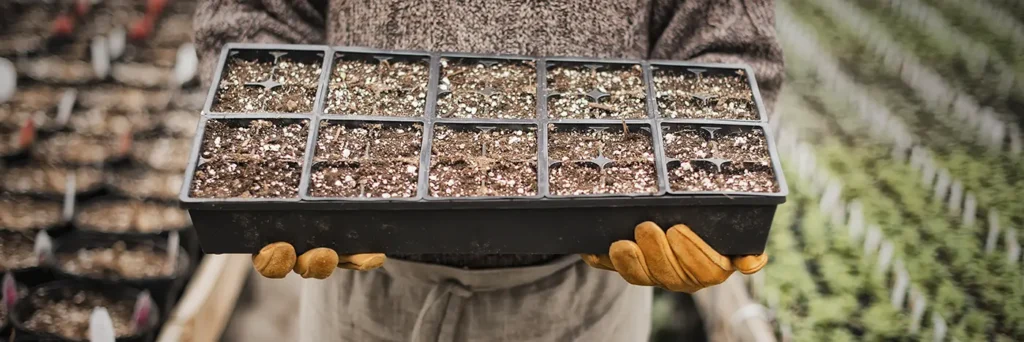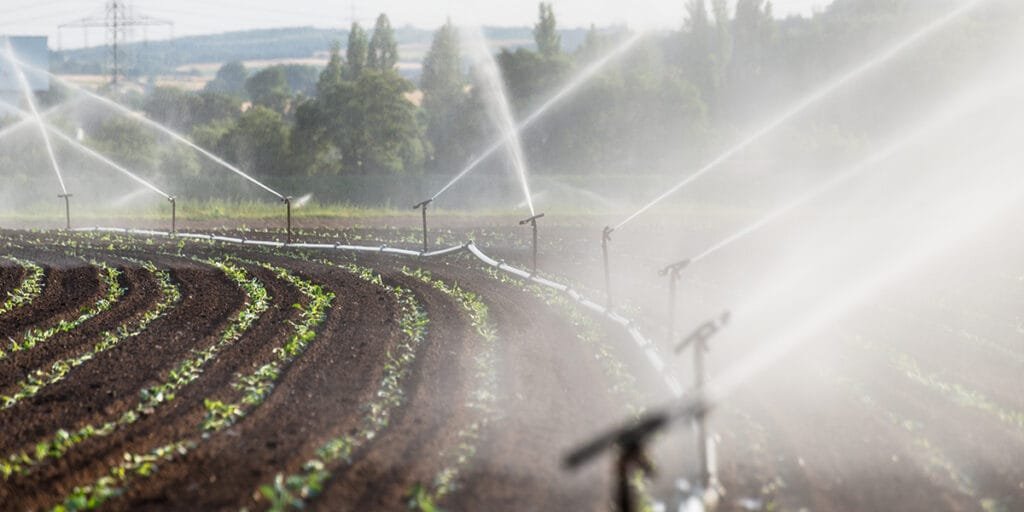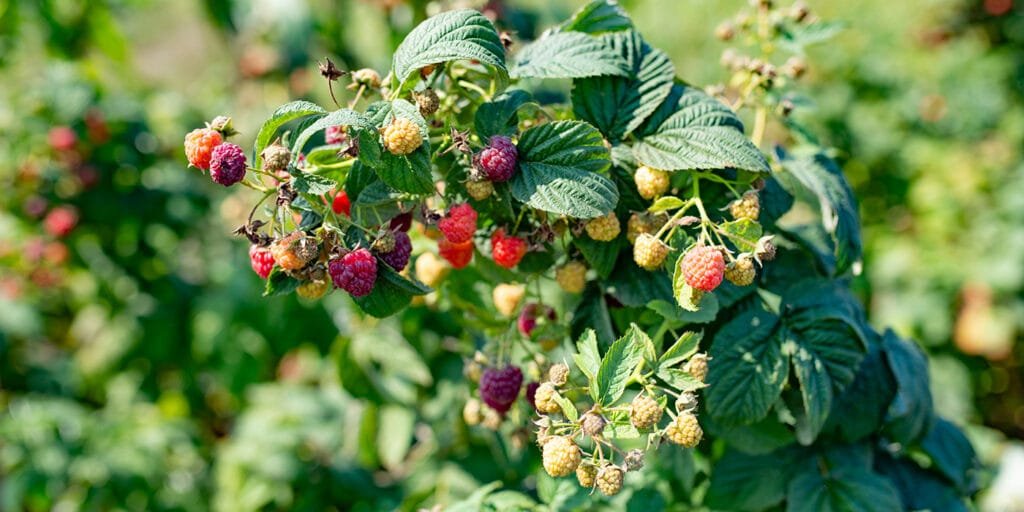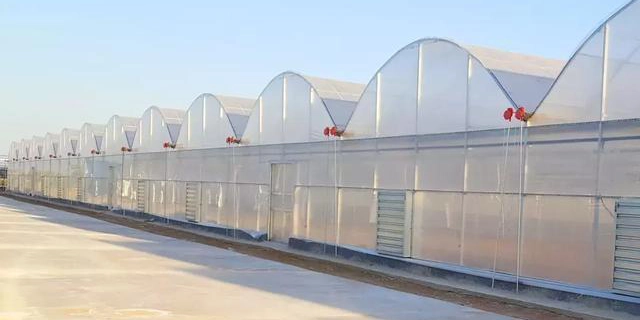The root systems of raspberries and strawberries can easily develop problems if the growing medium is not suitable for their needs. When choosing a medium for greenhouse cultivation, it is important to pay attention to the air permeability and permeability of the mix.
Air permeability and structure of the medium
In order to achieve the right air content and permeability, it is important to use materials that increase the coarseness of the mix. When using mechanical seed drills, it is also important to make sure that the medium is compatible with the machine.
Professional portfolio substrates mixes meets important criteria for modern strawberry and raspberry cultivation. substrates contain high-quality raw materials such as peat, moss, cotton grass, wood fibers and perlite. Due to their high water retention, peat-based mixes are more forgiving of minor irrigation errors and problems. Even if problems occur during your irrigation cycle, your soft fruit plants will still receive water, so they will not immediately wilt and jeopardize your yield.

Irrigation of peat substrates during the growing season
At the beginning of cultivation, pay special attention to the amount of water used for irrigation. When using peat-based growing media, we recommend that growers start with smaller, more frequent irrigations. This way, the substrate has time to absorb water and form a moisture buffer. Free raw materials such as moss make it easier for growers to wet the substrate evenly and quickly.
Root development
At the beginning of cultivation, root development can be slow. For bare-root plants, it can be especially slow at the top of the pot. Water is mainly absorbed by the youngest tips of the roots. The roots need oxygen to absorb water. The plant finds oxygen in the pores between the particles in the substrate mix. As the root system grows and the root mass increases, the need for water also increases. This makes it even more important to use a substrate that is structurally stable and not dense.

Weather conditions
It is also important to keep a close eye on the temperature levels in the greenhouse, as the temperature of the growing medium can affect water absorption. For example, in spring cultivation, the core temperature of the substrate can drop significantly during cool evenings. Although the temperature outside may seem warm, it takes several hours for the substrate to warm up to the air temperature.
Changing weather conditions during the seasons require adjustments to your irrigation strategy, as your plants require changing amounts of water.
Plants “breathe” by exchanging gases through tiny holes in their leaves. These openings are called “stomata”. If the leaves are exposed to strong light or high air humidity, the stomata open wider, resulting in increased evaporation from the plant. For the gas exchange to work optimally, the air near the stomata should be neither too dry nor too wet. If the plants evaporate more water, they will necessarily need more irrigation water to ensure continuity of growth. When your plants are exposed to high-intensity sunlight, it is very important that the water is retained within the substrate.
Calculating irrigation amounts

The amount of irrigation water required can be calculated based on the volume of the substrate in which the plants are growing. Small irrigation amounts, such as the amount you would like to provide at the beginning of planting, are about 2-3% of the substrate volume. Medium irrigation amounts should be around 4-5%, and large irrigation amounts should match 6-8% of the substrate volume.
Over-irrigation to solve the problem
Usually, crops only need small and medium irrigation amounts. But in some cases, over-irrigation may be necessary to balance the humidity in different parts of the greenhouse. Over-irrigation can also be used to correct elevated EC levels within the substrate. If EC levels are too high, the roots will not be able to adequately absorb water.
Monitoring Irrigation
The moisture content within the substrate can be monitored with a variety of meters. Different brands of meters are used differently and therefore will give different moisture content results. This is especially important to note on rough growing media.









